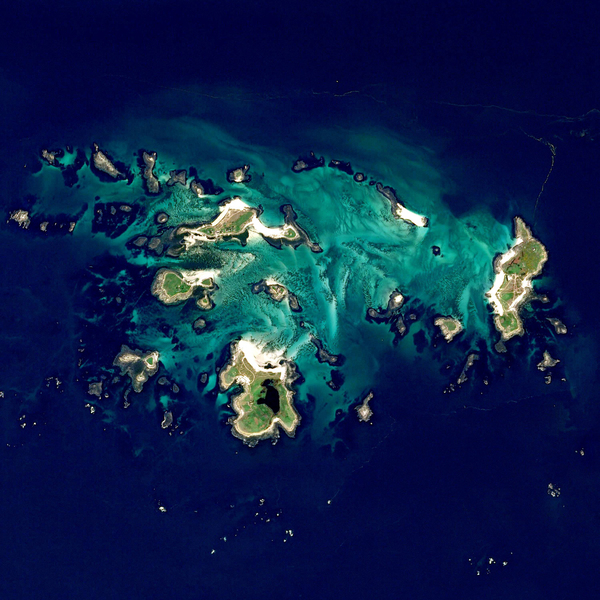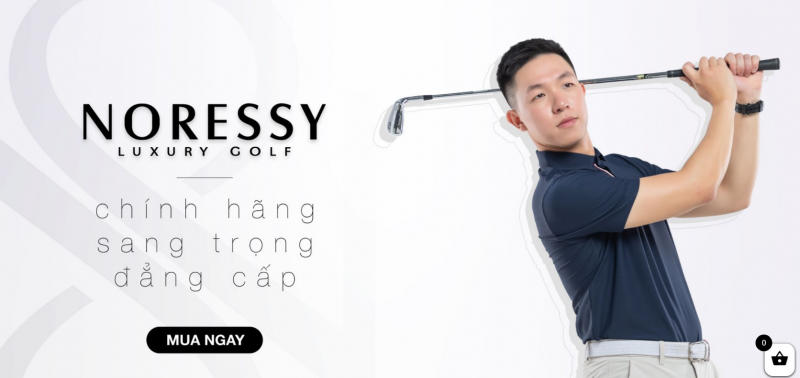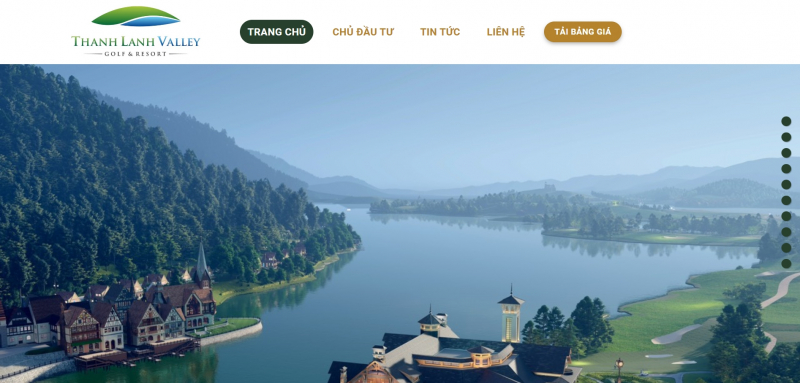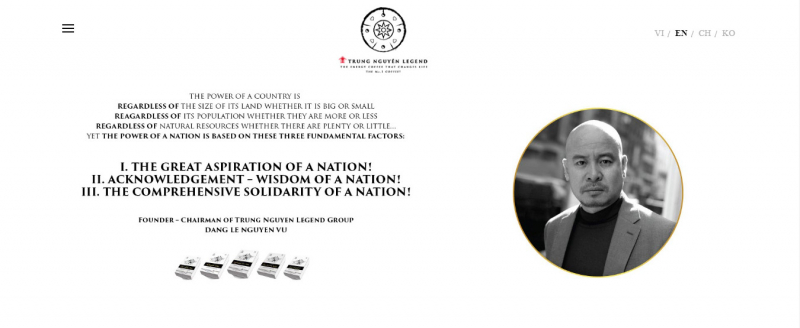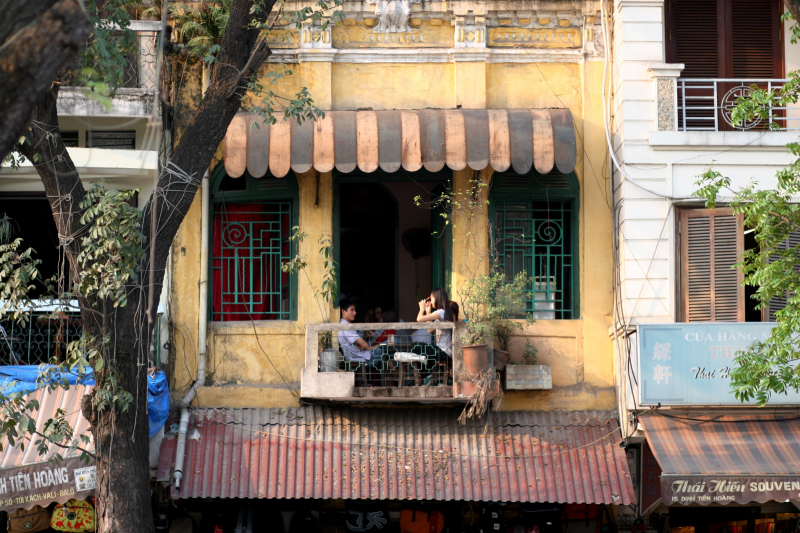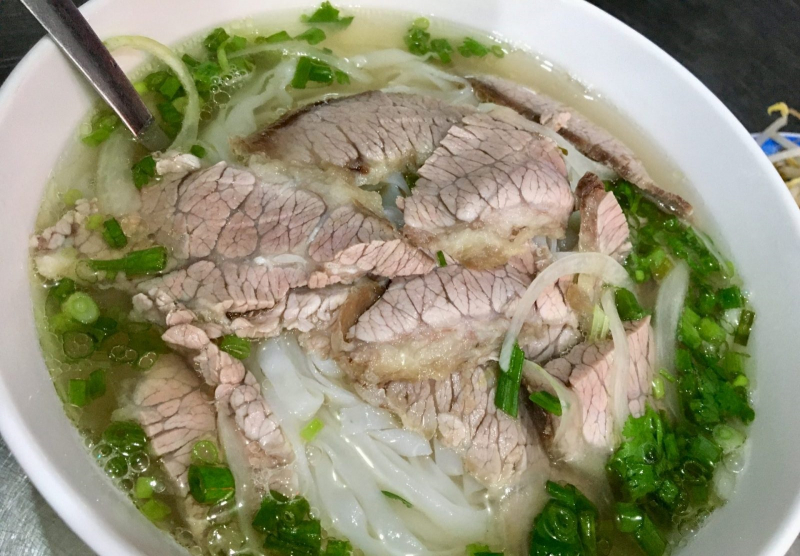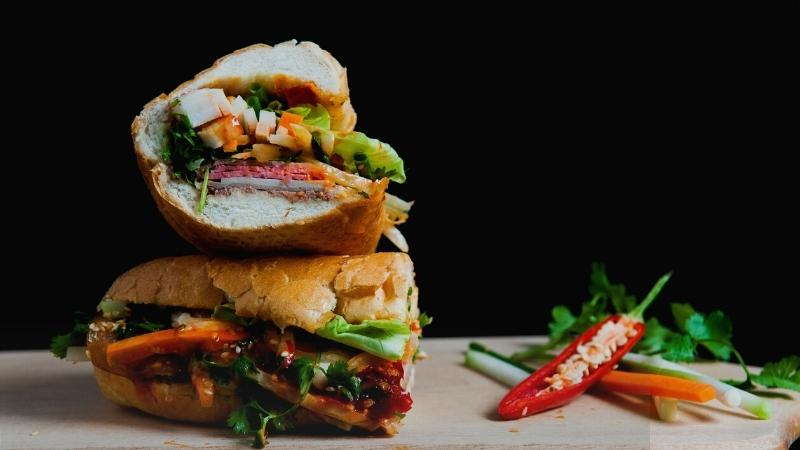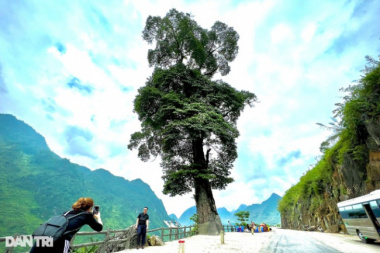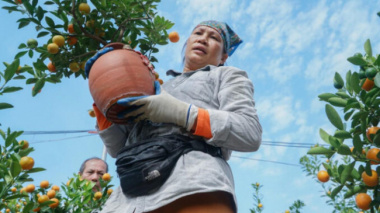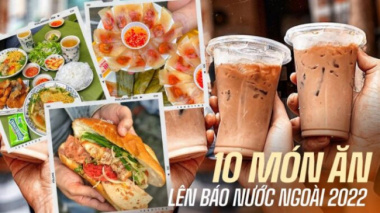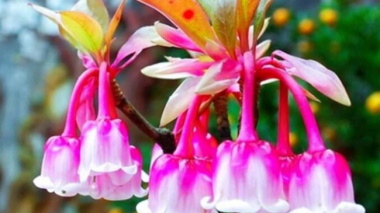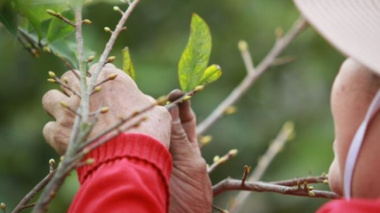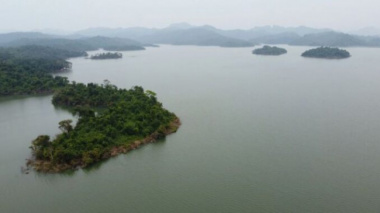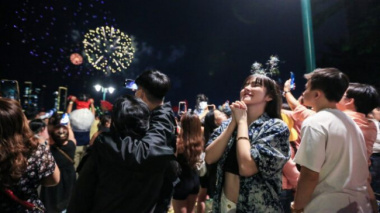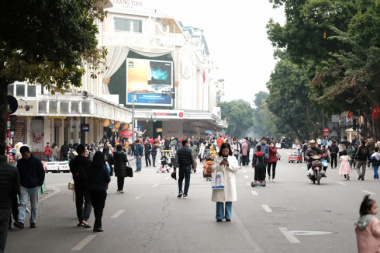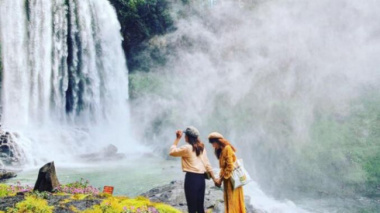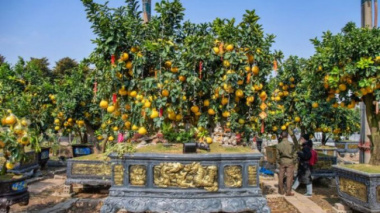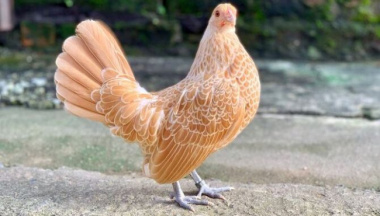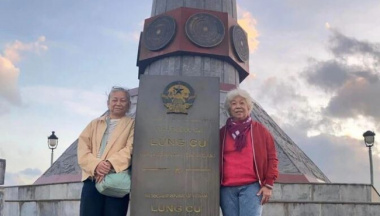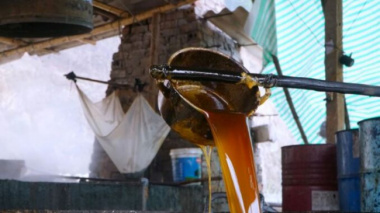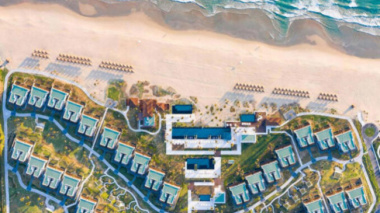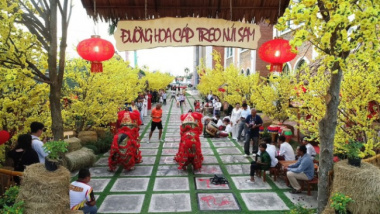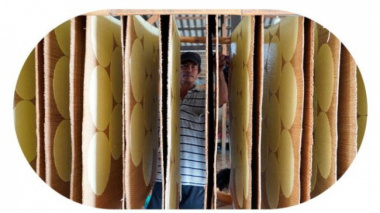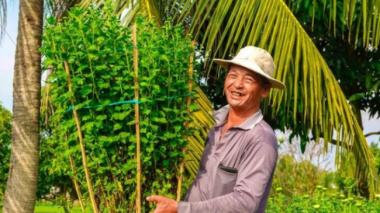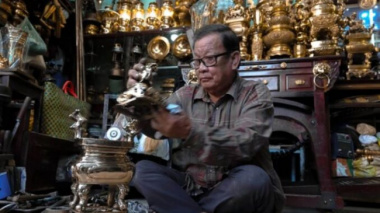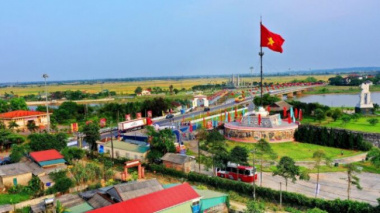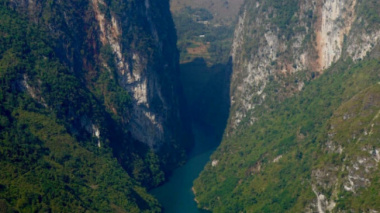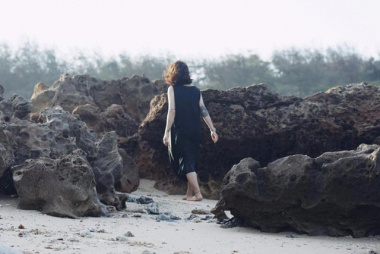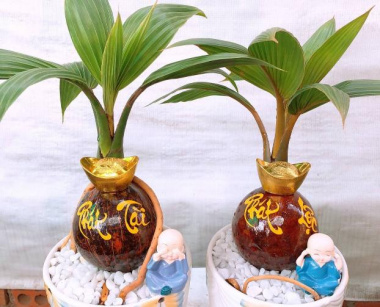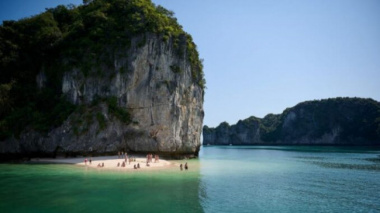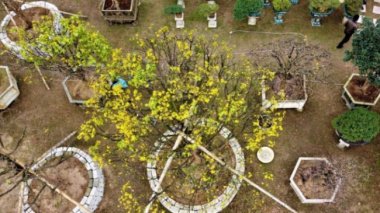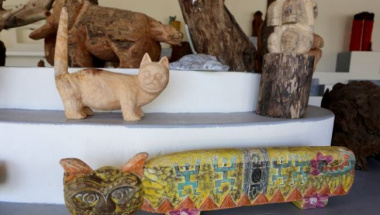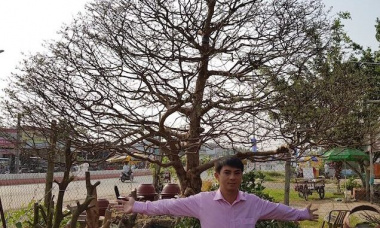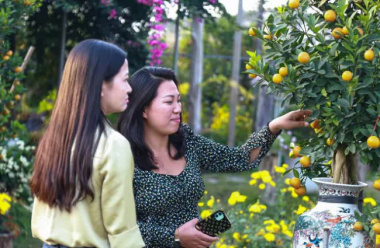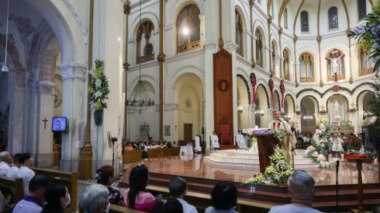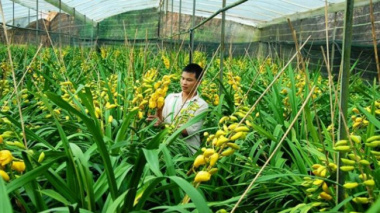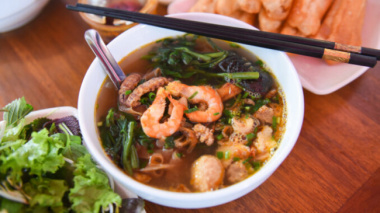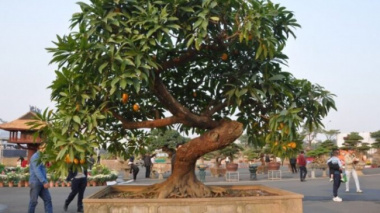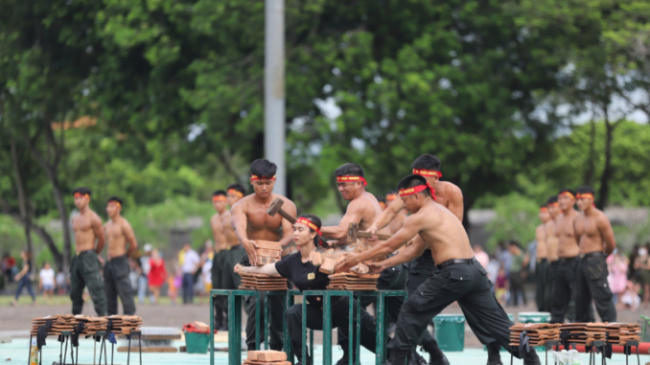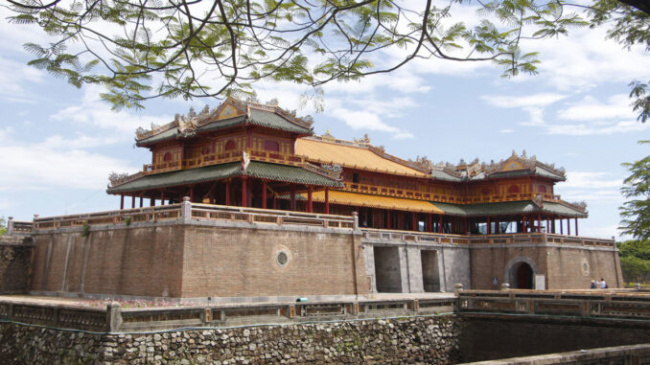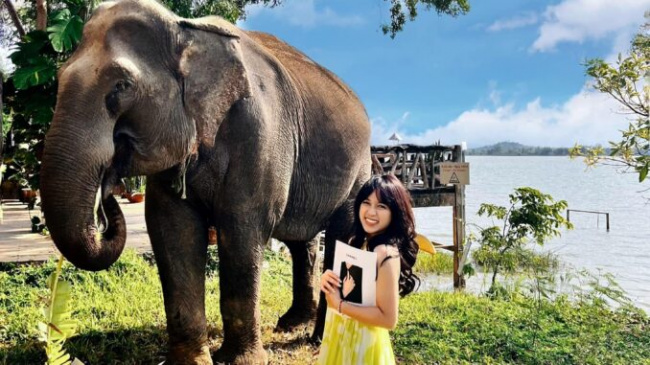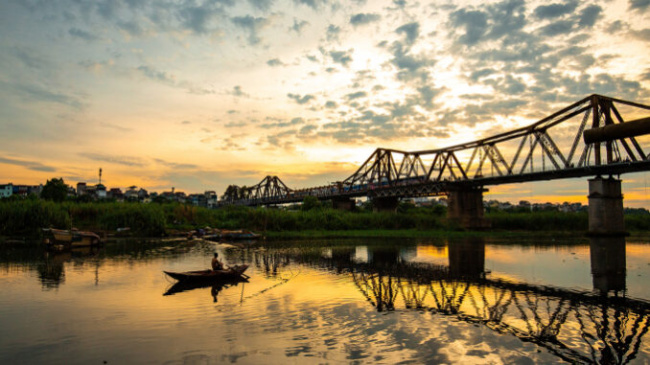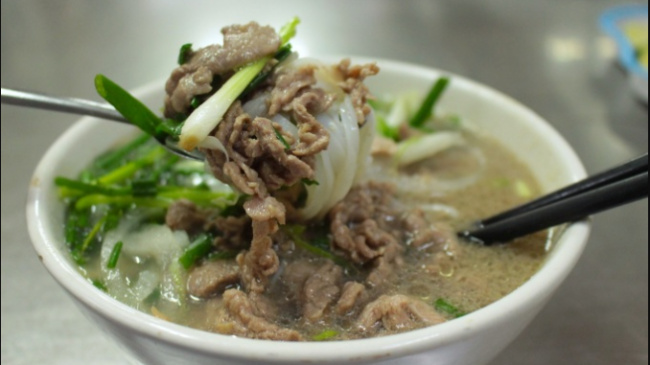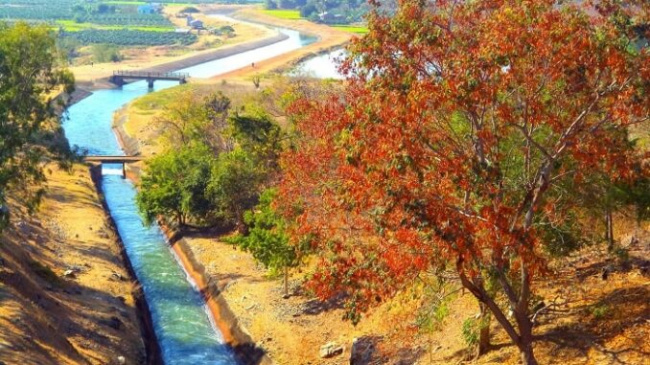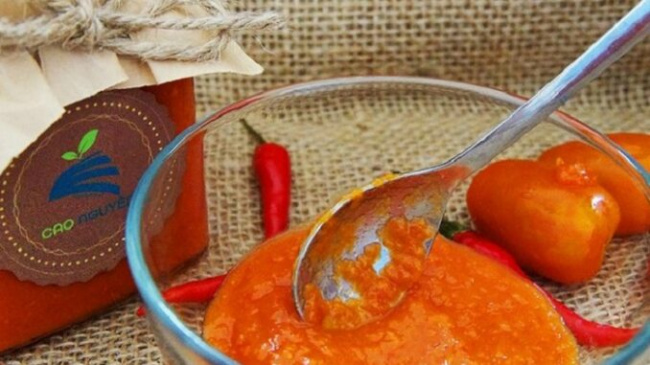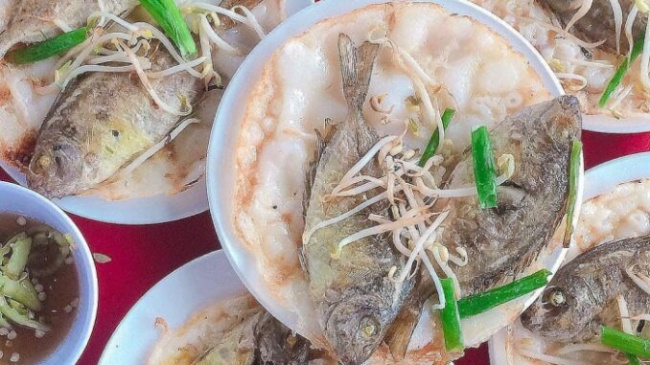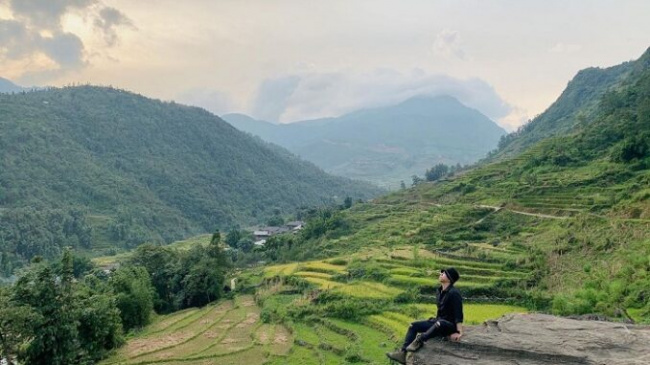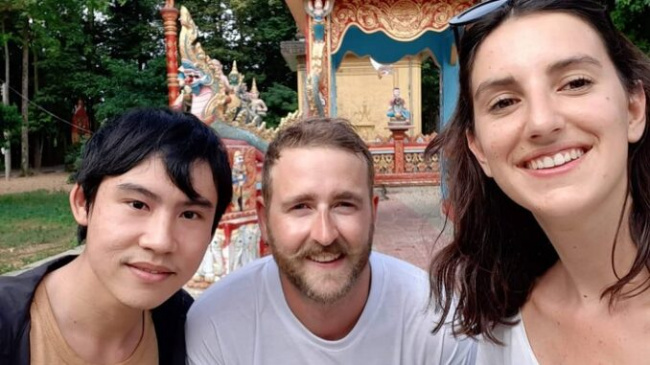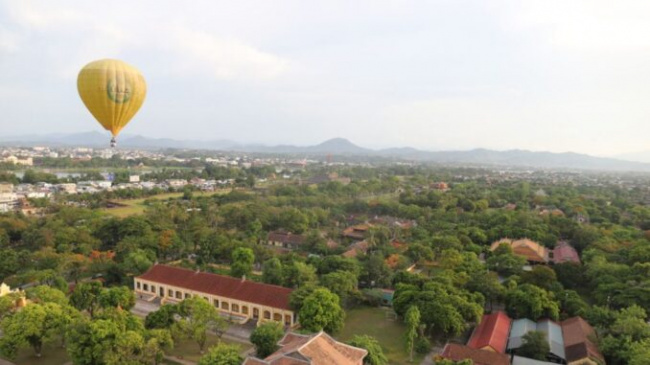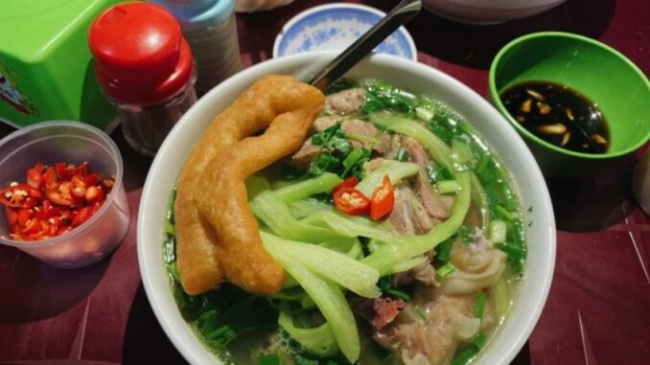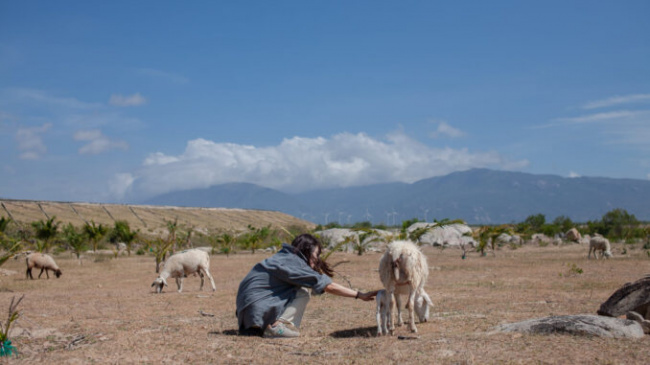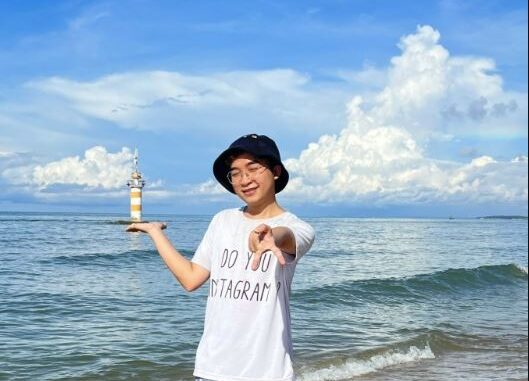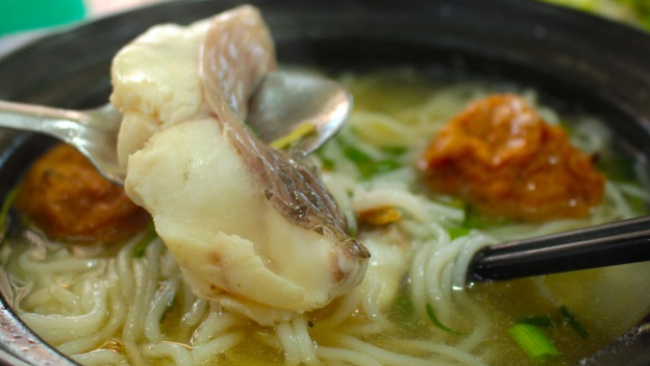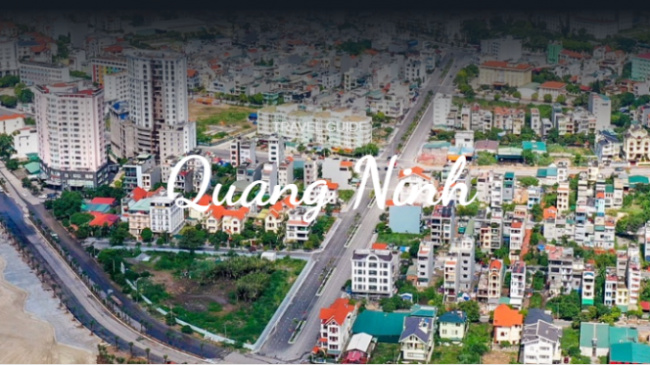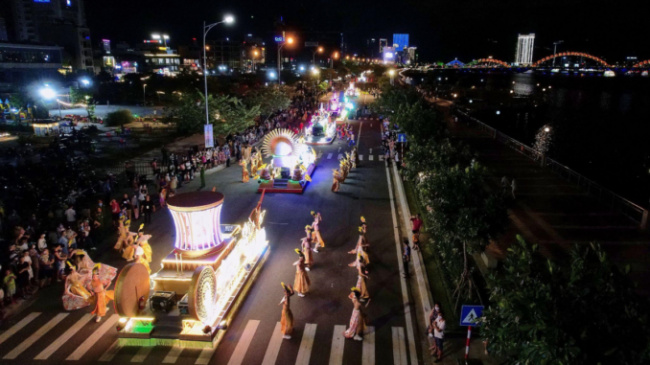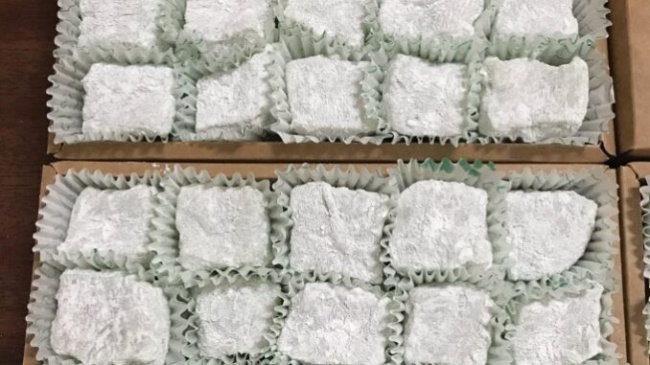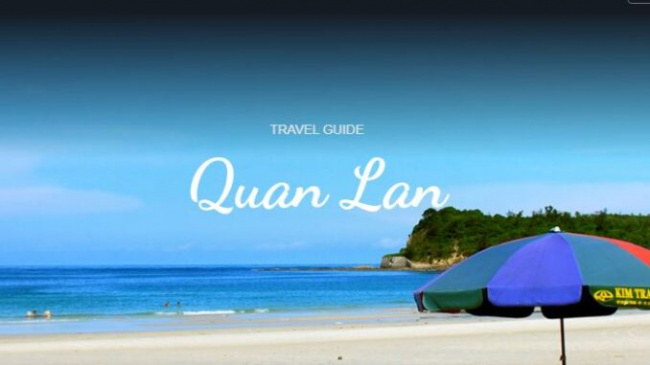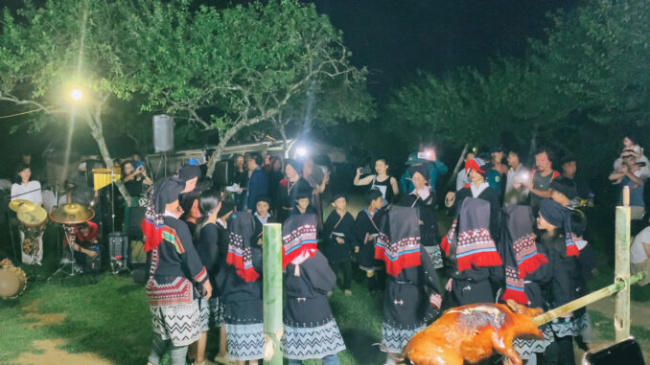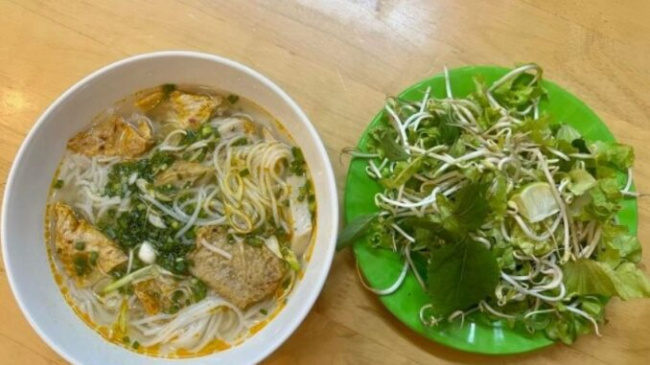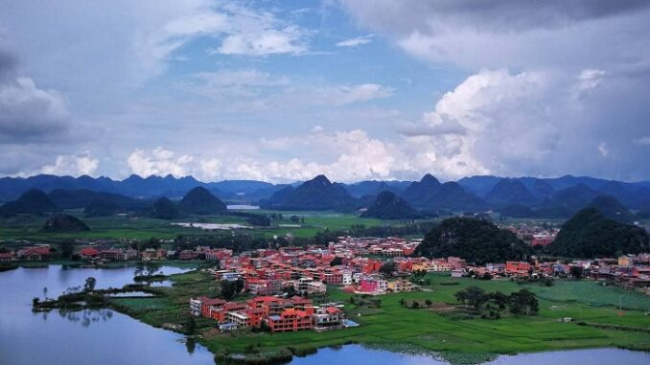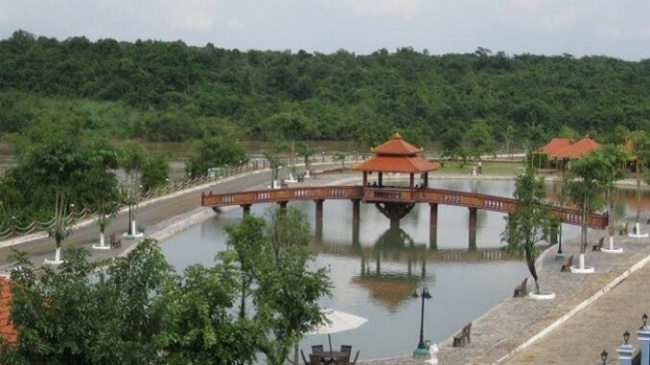Review Top 8 Most Important Historical Figures In Vietnam
Over the period of struggle to build and defend the country, the spirit and actions of the Vietnamese people have become an extremely noble heroic tradition. In this article, let's take a look at the most important historical figures of Vietnam with Toplist to see that this is a heroic nation with four thousand years of glorious history.
Ho Chi Minh
When it comes to the most important historical higures in Vietnam, the first person to mention is definitely Ho Chi Minh.
Ho Chi Minh, also referred to as Ho Uncle or just Uncle, was a revolutionary and statesman from Vietnam. From 1945 to 1955, he was North Vietnam’s Prime Minister, and from 1945 until his death in 1969, he was the country’s President. He was the Chairman and First Secretary of the Workers’ Party of Vietnam and was a Marxist-Leninist by ideology.
Vietnam’s central province of Nghe An is where Ho Chi Minh was born. From 1941 on, he was the leader of the Viet Minh independence struggle. Initially, it served as a unifying force for all parties vying for Vietnam’s independence, but after 1945, the Communist Party won the majority of the vote. The First Indochina War was ended by the Communists taking control of North Vietnam after Ho Chi Minh led the Communist-run Democratic Republic of Vietnam to victory over the French Union in the Battle of Dien Bien Phu in 1954. He played a significant role in the People’s Army of Vietnam and the Viet Cong throughout the 1955–1975 Vietnam War. Ho Chi Minh formally lost his position of authority in 1965 as a result of health issues and passed away in 1969. In the end, North Vietnam defeated South Vietnam and its allies, and Vietnam was formally united in 1976. Former South Vietnamese capital Saigon was renamed Ho Chi Minh City in his honor.
Hồ Chí Minh was a writer, poet, and journalist in addition to being a politician. He published numerous books, essays, and poems in French, Chinese, and Vietnamese.
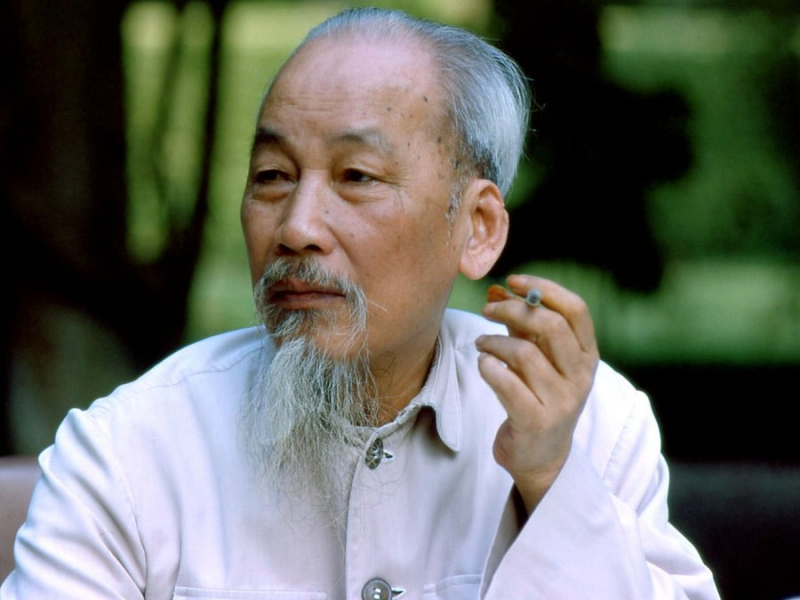
Photo: www.history.com – Ho Chi Minh

Photo: Thanhnien.vn – Ho Chi Minh
Vo Nguyen Giap
One of the finest military strategists of the 20th century was Vo Nguyen Giap, a communist politician and Vietnamese general. He held several positions in the Viet Minh government under President Ho Chi Minh, including interior minister, deputy prime minister, military commander of the Viet Minh, and head of the People’s Army of Vietnam (PAVN). He also served on the Vietnam Workers’ Party’s Politburo before the party changed its name to the Communist Party of Vietnam in 1976.
Vo Nguyen Giap originally gained notoriety during World War II, when he led the Viet Minh army in resistance to the Japanese occupation of Vietnam. He was a history teacher at a French-speaking academy with no formal military experience. He was inspired by historical military figures, identifying T. E. Lawrence and Napoleon as his two main influences. Later, he was referred to as “Red Napoleon” by certain Westerners.
In two wars, the First Indochina War (1946-1954), fought against the French, and the Vietnam War (1955-1975), fought against South Vietnam and its American sponsors, Vo Nguyen Giap played a key role as a military leader. In addition to Cao Bang in 1950, Hoa Binh in 1951-1952, Dien Bien Phu in 1954, the Tet Offensive in 1968, the Easter Offensive in 1972, and the last Ho Chi Minh Campaign in 1975, he took part in a number of historically noteworthy battles.
Vo Nguyen Giap is frequently credited for leading the army during the Vietnam War and leading North Vietnam to victory over South Vietnam and the United States. He also had a significant impact on the PAVN’s second transition into “one of the largest, most fearsome” combined-arms and mechanized fighting forces, ready to deal a crushing blow to the rival Army of the Republic of Vietnam (ARVN) in conventional warfare.
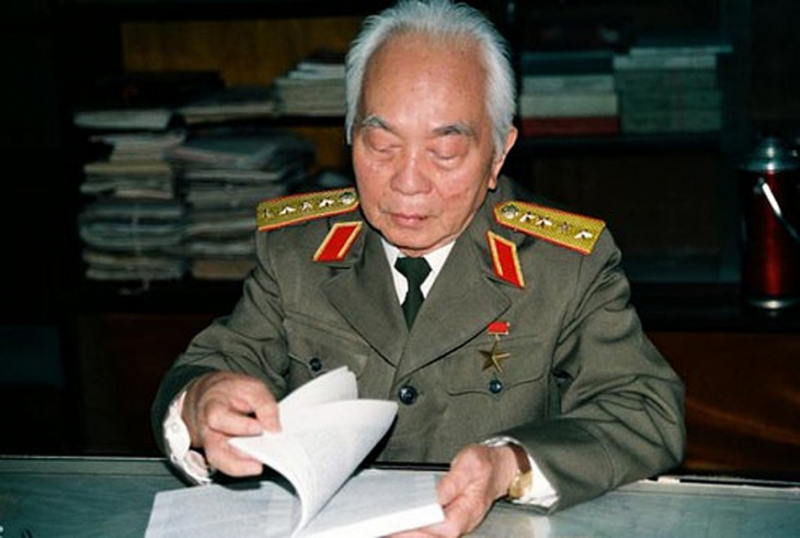
Photo: Radio Free Asia – General Vo Nguyen Giap
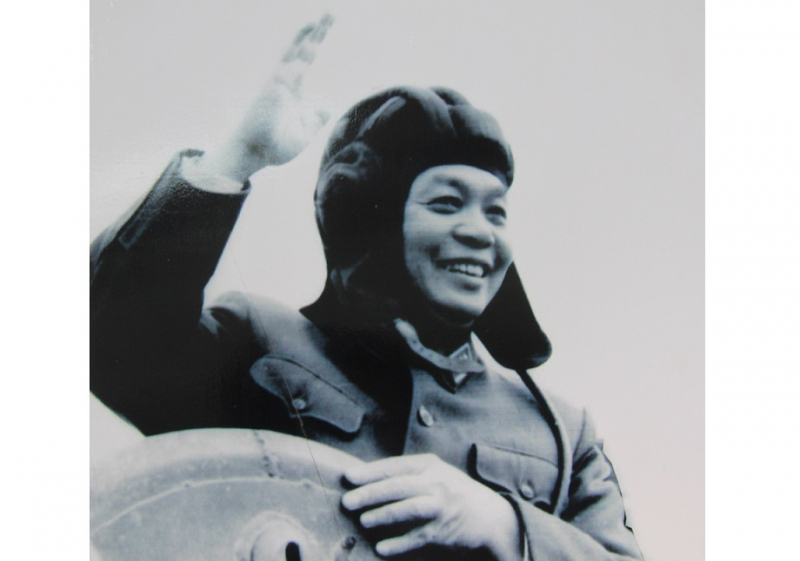
Photo: Dan Tri Newspaper – General Vo Nguyen Giap
Vo Thi Sau
Vietnamese schoolgirl Vo Thi Sau participated in guerilla warfare against the French occupiers of Vietnam, which was then a part of French Indochina. She was the first woman to be put to death at Con Son Prison after she was arrested, tried, found guilty, and murdered by the French colonialists in 1952. She is now revered as a national martyr and hero in Vietnam.
In 1933, she was born in the Phuoc Tho Commune of the Dat Do District. She started working with a local guerilla group in 1948 after several of her friends and relatives joined the Viet Minh.
When she was 14 years old, in the crowded market area, she threw a grenade at a group of French soldiers, killing one of them and wounded 12. She slipped away unnoticed. Late in 1949, she hurled another grenade at a Vietnamese canton head who was in charge of killing numerous people who were thought to be Viet Minh sympathizers in the area. She was apprehended by French officials after the grenade did not go off. It is stated that she resisted wearing a blindfold and was executed by firing squad on January 23, 1952, when she was 18 years old, in the corner of Bagne III.
Vo Thi Sau is now revered as a patriot martyr and a representation of the spirit of revolution. She is revered as an ancestral ghost by the Vietnamese people, and her burial in the Hang Duong Cemetery on Con Son Island has a cult-like following of followers. In her hometown of t, there is also a temple dedicated to her. She has streets and schools named after her in numerous Vietnamese cities and towns.
Video: History TB – The Secret Life of Vo Thi sau
Video: Con Dao Express high-speed train – A piece of cloth covering the face of the heroine Vo Thi Sau
Nguyen Trai
Nguyen Trai was a renowned poet, statesman, strategist, and Confucian scholar from Vietnam. He was also a prominent Confucian scholar. In his role as Le Loi’s chief advisor, who fought the Ming dynasty, he was occasionally credited with being capable of practically magical or mythological actions. Le Loi’s key declarations are attributed to him, and he is also credited with motivating the Vietnamese people to back the open political uprising against the Minh Dynasty rulers. The “Great Proclamation about the Pacification of the Wu” is another work he is the author of (Binh Ngo Dai Cao).
The nation’s history has benefited greatly from Nguyen Trai’s contributions. He embodies the nation’s heroism, tenacity, and soul. The most valuable quality of Nguyen Trai is his heart for the nation, which loves the people ardently, and his illustrious career of battling the enemy to save the nation. He has dedicated his entire soul, mind, and ability to the Lam Son revolt movement in order to serve the interests of the country. His remarkable diplomatic skills, wise political and military judgment, and support for the Lam Son uprising movement helped it win.
Nguyen Trai left a large body of literary works in the fields of poetry and literature, both in Chinese and Nom, very rich in genres, including the fields of literature, history, geography, and law. However, most of them were lost in the case of Le Chi Vien, leaving only a small number of his remaining works, which are primarily collected and collected in Duong Ba Cung’s collection of poems and poems, etched printed in 1868 under the Nguyen Dynasty.

Photo: Last name Nguyen Vietnam – Nguyen Trai, the hero of the nation
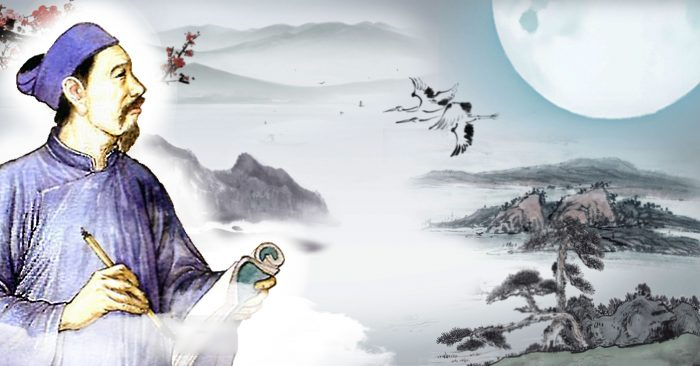
Photo: Daihoangde – Nguyen Trai
Nguyen Hue
Emperor Quang Trung (Nguyen Hue) was a Vietnamese politician and general who succeeded Thai Duc Emperor Nguyen Nhac as the second emperor of the Tay Son Dynasty.
Quang Trung is “not only a brilliant military guy but also a talented politician,” according to historian Phan Huy Le. With a progressive outlook, he consistently suggested numerous progressive reform measures in the economy, culture, education, and military in just three years, helping to develop the nation and assimilate science. Western contemporary methods. He went down to pray for sage and used many people with talents, such Ngo Thi Nham, Phan Huy Ich, Nguyen Thiep, and Nguyen Huy Luong, in relation to personnel. He created a contemporary, well-equipped army in terms of the military. He improved the Dinh Dien and land systems in terms of the economy, promoted the handicraft sector, and increased trade with the West. Regarding education, he rearranged unnecessary temples, abolished superstition, and practically enhanced the test. He also published a strategy to promote study, advocating the use of authentic Vietnamese Nom instead of Chinese characters.
The Tay Son dynasty’s cause of national unification benefited significantly from Nguyen Hue’s active life. Quang Trung abruptly passed away at the age of 39 when the country’s circumstances started to change for the better, after 20 years of nonstop conflict and three years of rule.

Photo: Redsvn.net – Nguyen Hue
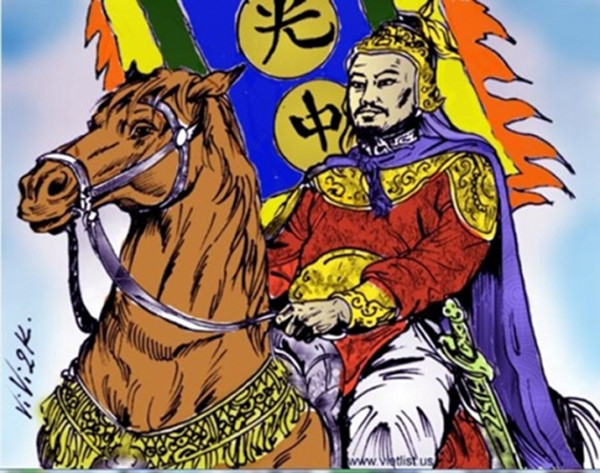
Photo: Ohay TV – Nguyen Hue
Tran Hung Dao
Tran Hung Dao, true name Tran Quoc Tuan, title Hung Dao Dai Vuong, was a statesman, military man, Dai Viet royal family during the Tran dynasty. He made his name in Vietnamese history by commanding the army to repel two incursions by the Nguyen-Mong army in 1285 and 1288. The name is frequently used in later research works on history and mythology. In place of his entire name, “Hung Dao Dai Vuong Tran Quoc Tuan,” which also includes the title bestowed upon him, he was referred to as “Tran Hung Dao.” He is one of the nation of Vietnam’s 14 traditional heroes or most important historical figures in Vietnam.
King Tran Nhan Tong referred to Tran Hung Dao, who was the son of Prince An Sinh Vuong Tran Lieu and the grandson of Tran Thai To, as his uncle because of his close ties to the Tran royal line. He was given the rank of general by King Tran Thai Tong in 1257 so that he could lead the troops defending the frontier against the invading Mongols. He then retreated to his fief in Van Keep after that. By the tenth lunar month of 1283, the Yuan Dynasty (after the Mongols reunified China) had threatened to attack Dai Viet once more, Supreme Emperor Tran Thanh Tong had succeeded Hung Dao Vuong, and King Tran Nhan Tong had been appointed the Duke of Moderation and was in charge of the entire nation’s armed forces. In 1285, while serving in this capacity, he oversaw the troops that drove back the army of the ninth prince Thoat Hoan. Following the initial setbacks, the Vietnamese army and people, led by Senior Lieutenant General Tran Quang Khai, Hung Dao Vuong, and two kings Tran, launched a fierce counterattack that completely drove the Yuan army from the border while destroying the Nguyen army in the battles of Ham Tu, Chuong Duong, and Truong Yen.

Photo: DKN News – Military genius Tran Hung Dao

Photo: GiaoDucSo.vn – Tran Hung Dao, Duc Thanh Tran of the Vietnamese nation that Quan Cong is hard to compare with
Phan Dinh Giot
One of 16 people’s military heroes acknowledged for their contributions to the Dien Bien Phu campaign was Phan Dinh Giot. In self-defense following the August Revolution, Phan Dinh Giot took part. Phan Dinh Giot volunteered to enlist in the regular army in 1950. Phan Dinh Giot has taken part in a number of significant campaigns, including Dien Bien Phu, Hoa Binh, Northwest, and Trung Du.
The unit received a directive to take part in the Dien Bien Phu campaign in the winter of 1953. He persevered and assisted his teammates in crossing the finish line despite the over 500-person marching force having to negotiate numerous difficult passes and carrying heavy equipment.
His battalion started firing in the afternoon of March 13, 1954 to wipe out the opposition in Him Lam. He lost a lot of blood during this attack and was hurt in the shoulder and thigh. The French soldiers’ gun point in blockhouse No. 3 suddenly started firing heavily. Phan Dinh Giot crawled to blockhouse No. 3 with the intention of lighting this blockhouse immediately because the Vietnamese assault force was stymied. In spite of being hurt and bleeding, Phan Dinh Giot summoned all his power to raise the submachine gun and fire it into the gaping wound while yelling, “Determined to sacrifice… for the Party… for the people.”
He then extended his body to increase speed before launching his entire young chest into the enemy’s shell hole. The sound of shooting abruptly stopped, but soldier Phan Dinh Giot perished because enemy explosives completely destroyed his body. The French were unable to fire through the hole left by Phan Dinh Giot, so the Vietnamese seized the chance to storm and destroy Him Lam’s bastion on March 13, 1954, winning the first fight of the Dien Bien Phu campaign.
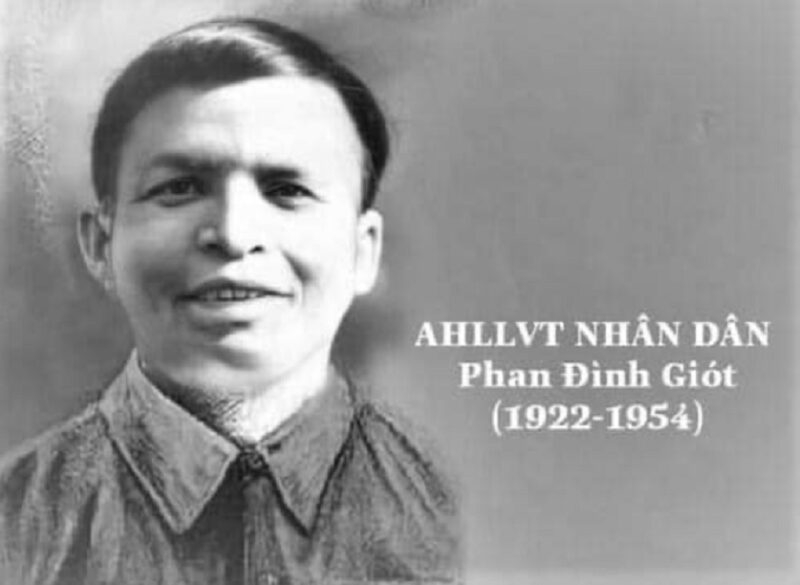
Photo: BachkhoaWiki – Hero Phan Dinh Giot
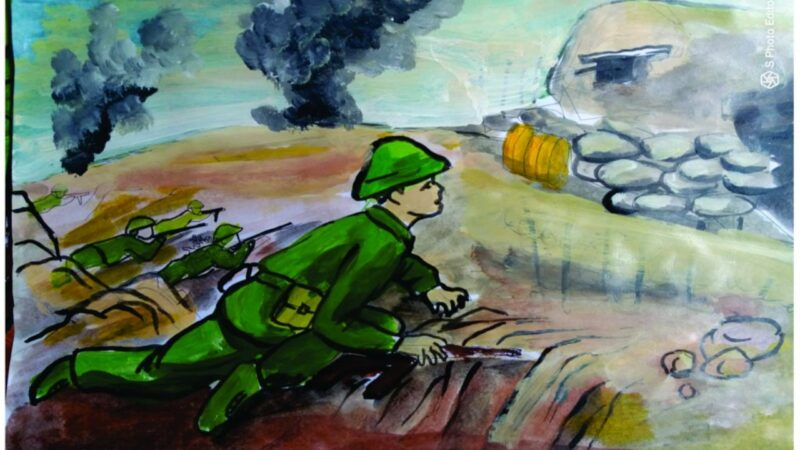
Photo: bepgasvuson.vn – The Hero Who Fills the Hole Chau Mai
Nguyen Du
In Vietnam’s early Le Mat Nguyen Dynasty, Nguyen Du, also known as To Nhu or Thanh Hien, was a brilliant poet and literary writer. He was regarded as “the great national poet” by the Vietnamese people and recognized as a “World Cultural Celebrity” by UNESCO.
One of the most representative pieces of Vietnamese literature from the middle ages, The Tale of Kieu is regarded as a literary classic.
Since he was still alive, Nguyen Du’s compositions have been in circulation. According to legend, Pham Quy Thich created and printed the Tale of Kieu at Hang Gai Street (Hanoi at that time). Soon after Nguyen Du passed away, King Tu Duc asked the provincial officials of Nghe An to gather all of his artifacts and bring them back to the city. Since then, Nguyen Du’s literary legacy has continued to be gathered, studied, and disseminated. There are also questions over whether Nguyen Du is really the author of some Chinese poems. The creation dates of the works, including the period during which Nguyen Du authored Truyen Kieu, remain a mystery. Despite much effort, there are still significant differences in opinion among researchers.
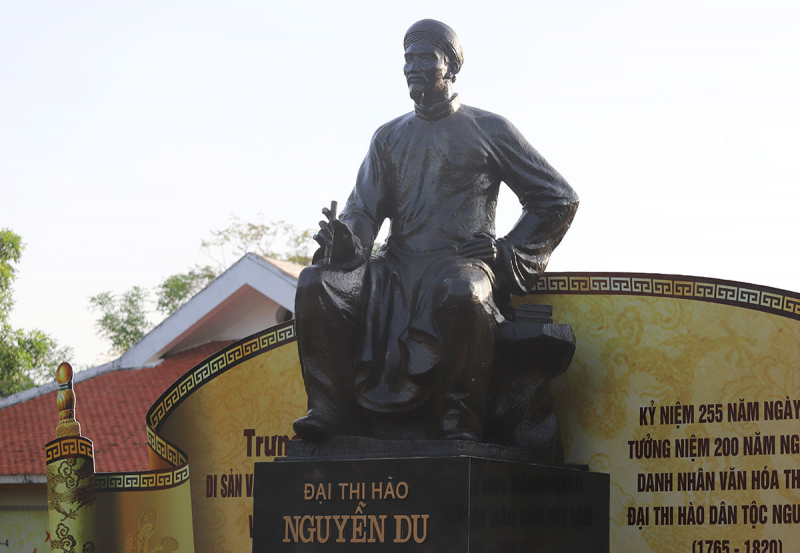
Photo: Ha Tinh Museum – Nguyen Du and timeless values

Photo: Download.vn – Author Nguyen Du and Truyen Kieu
Đăng bởi: Võ Ngọc Trân

